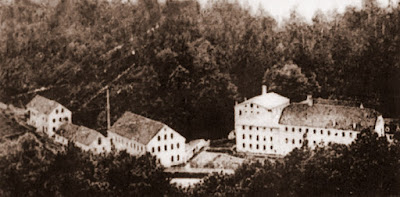The Birth of Ceramic Manufacturing in Slovenia
Schütz Cilli was a prominent majolica-producing pottery founded in the 19th century in what is today Celje, Slovenia. Originally part of the larger Gebrüder Schütz enterprise, the Cilli branch was managed by Ludwig Schütz after a split from his brother Arnold in 1890. Known for its refined and decorative ceramic ware, Schütz Cilli combined technical excellence with artistic innovation, often collaborating with Viennese art studios and schools. The pottery produced a wide range of household and ornamental items, many inspired by classical antiquity. After closing during WWI, the factory was eventually sold and later operated under the name Majolika Celeja before nationalization in 1946 as Keramična industrija Liboje.


The decorative plates produced by Schütz were among the most refined examples of their ceramic artistry. Often inspired by classical antiquity, these plates featured mythological figures, ornamental motifs, and elegant compositions. Designs ranged from monochrome to multicolored versions, with certain central themes repeated across different styles and palettes. While visually rich, the plates were intended primarily for decorative purposes, emphasizing beauty and craftsmanship over strict symbolic meaning.
The decorated ornamental vases from the Schütz factory represent some of the most artistically refined ceramic pieces. Drawing from a rich blend of historical styles, these vases often feature elaborate reliefs, mythological figures, floral motifs, and intricate glazing techniques. They reflect the influence of academic art schools in Vienna and Zagreb, with many designs originating in collaboration with Viennese artists and professors. Each vase not only showcases skilled craftsmanship but also serves as a testament to the aesthetic preferences of late 19th- and early 20th-century Central Europe.